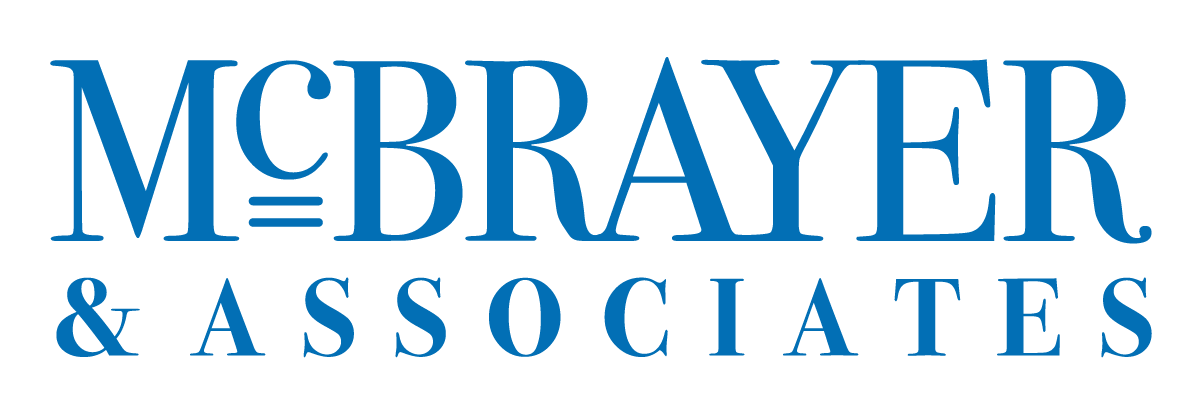How to Convert Cold Calls into Business Meetings

When your buyer won’t agree to meet, it’s because they think you will waste their time. The trick to securing the first business meeting is presenting a valid business reason to meet.
The best reason to give a buyer to meet with you is the relay of information. The following post details the best way to convert your cold calls into business meetings by providing that reason. The reason is the educational briefing—this briefing is your leverage into the scheduled meeting.
The Initial Call
Sellers owe it to their prospects to immediately and persuasively state their intent. A common mistake that sellers make when calling their prospects is assuming that they already have credibility. Credibility, though, is in fact what we are trying to earn when we are at this stage in the sales process, at the very top of the sales funnel.
At the top of the funnel, sellers should not be asking any questions. Questioning too early is usually interpreted like this:
“I am a seller. I want to take your valuable time to sell you something that you don’t have enough information to say ‘yes’ to.”
The buyer almost has to say no!
What Should I Say?
As sellers, it is important that we are authentic. We must be genuine, but we do need a formula. During the following stages, remember to stay on message and use words you would normally use.
Transfer of Credibility
Before you call, think of a mutual contact. If you both know a person whom the buyer trusts and trusts you, you can transfer that credibility.
A transfer of credibility works as a character reference, and it should be the very first thing you say.
You won’t always have someone who can provide this transfer of credibility, but we often can think of someone if we search our network, including social media sites like LinkedIn and Facebook.
Script Your Request to Meet
In the event that we don’t have a transfer of credibility, you should immediately introduce ourselves with your name and company, and then we should ask for a certain amount of time—about four minutes—to talk with the prospect.
Next, we should briefly set up our educational briefing in a few short, specific sentences. We give them a few pieces of valuable, relevant information. We state that the report is free. We mention that the briefing only takes about twenty minutes to present. Then we ask if they’re interested.
Some Questions to ask
In order to really dial-in your briefing, ask a few questions before you get off the phone—but don’t ask too many. Remember, too many questions push the buyer away. Here are a couple questions you should ask before you get off the line.
- Who else in the organization would benefit by attending?
- What are the biggest challenges that your company is focused on right now?
The Confirmation Email
Be sure that you have the prospect’s email address. We want to send a confirmation email at the earliest opportunity. The longer you wait to send the email, the more likely it is that your prospect will forget you.
The title of your briefing should be in the subject line, just in case the prospect does not open emails from unfamiliar addresses. The second biggest thing that buyers look at when they determine whether to open an email is the subject line.
The body of the email should be short, but include these three elements.
- Confirm the appointment.
- Give a few nuggets of information. These should be trends or statistics that demonstrate the briefing’s power.
- Include a testimonial about the briefing. The testimonial should not be about your company or its products, but about the briefing itself.
Conclusion
The trick to converting your cold calls into first business meetings is to present a valid business reason to meet. The best reason to give a buyer to meet is the presentation of valuable business information through the educational briefing.
Photo by Luis Llerena.
